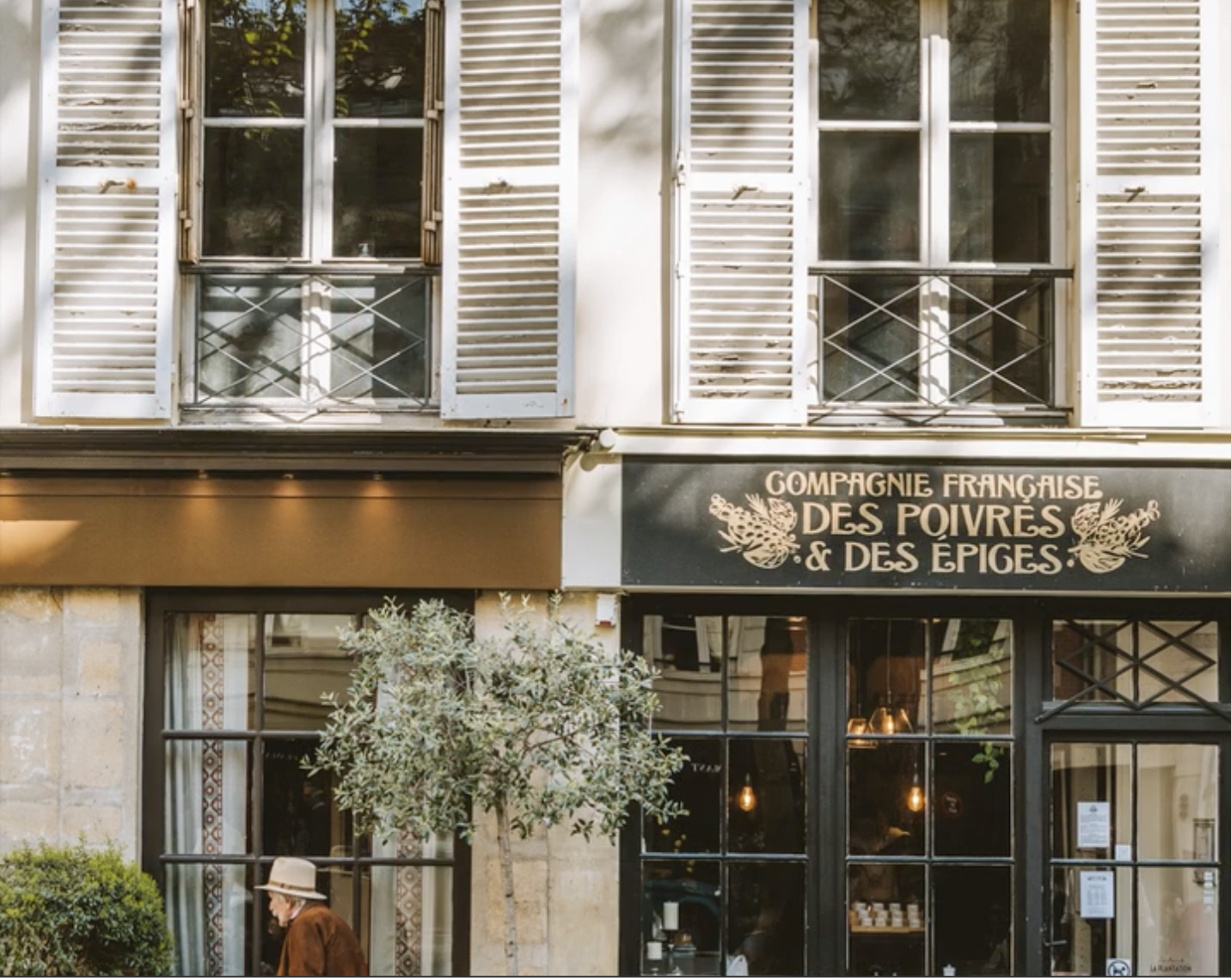This article is more than
1 year oldIn 7 Great Cities, 7 Great Walks

Paris: Gardens, Greenery and Flower Shops

This floral-focused stroll in Paris is the favorite of Sandra Sigman, the celebrated florist and author of the book “French Blooms,”about the distinctive French style of flower arrangement. Just short of three miles, it weaves through the gardens, green spaces and flower shops of the 6th and 7th arrondissements.
“I love the French approach to gardens,” said Ms. Sigman, 56. ”Although the spaces themselves are quite formal in their design, that doesn’t stop people from relaxing and enjoying their beauty.”
Start at Champ de Mars. The park surrounding the Eiffel Tower is always filled with blooms, and if you get there early, you’ll miss most of the crowds. From the park, head southeast on Rue Saint-Dominique to Boulangerie Laurent B, a sweet bakery with an enticing vintage charm. The canelé and pain au chocolat are the crowd favorites.


Continue along Rue Saint-Dominique, which will drop you in the center of Esplanade des Invalides. More of a park than a garden, it offers a stunning scenic walk with museums and monuments everywhere you look, like the Musée de L’Armée and Napoleon’s tomb.
By The New York Times
Leave by way of Rue Saint-Dominique and head east until you hit Rue de Bellechasse. There, on the corner, sits Adriane M. Fleuriste, which boasts an expansive outdoor floral display. It’s as if “the shop itself can hardly contain all the beauty,” said Ms. Sigman.

The five-minute walk to the next stop is lovely: Head southeast on Rue Saint- Dominique to Blvd. Saint-Germain, then veer off on Blvd. Raspail to Rue du Bac to 69 bac, a lovely flower shop whose name echoes its address. You’ll have to search for it, but you’ll know you’ve found it when you see flowers peeking out of the building and into the street. Follow the blooms down the corridor to the entrance of the shop.
Just a block away, poke into Barthélemy, one of the neighborhood’s most charming cheese shops. For lunch, stop next door at Le Café Pierre Hermé. Sit in the courtyard and order the croque monsieur, a tea and a salted caramel macaron, advised Ms. Sigman.

Following lunch, it’s time to shop. From Le Café Pierre Hermé, make your way back to Rue de Bac, where in less than two blocks, you’ll come to La Maison du Bac, a shop dedicated to the art of tablescape, brimming with antique and new vessels perfectly suited for flower arranging.
Continue on Rue de Bac to Rue de Babylone, where on your right you’ll pass Square Boucicaut, a quaint city park with a carousel. The route from here to the next stop is less than a mile, though it takes a series of turns; from Rue de Babylone you’ll take Rue de Sèvres to Rue du Four to Rue de Rennes to Rue de l’Abbaye until you reach Rue de Furstemberg and the petite floral shop Oz Garden, which offers a highly curated and unusual selection of flowers and plants.

Its organically styled bouquets feel as though they’ve been freshly picked from the garden.
The delightful square surrounding Oz Garden is made up of narrow, tucked-away streets packed with small independent shops, including the tiny and fragrant spice shop, Compagnie Française. From here take Rue de Seine to Rue de Tournon — just a short 10-minute walk — and arrive at Astier de Villatte, a lovingly curated shop of antiques and tableware. Unconventional vases are a great way to add flair to your floral design and here you’ll find beautifully crafted porcelain pieces. Make your way to the back of the shop to see the displays of plates, vases, tureens and more that stretch from the floor to the ceiling.


Astier de Villatte faces the Palais du Luxembourg, which places you perfectly for a stroll through Jardin de Luxembourg, a classic Parisian park filled with friends picnicking, couples strolling hand-in-hand and children pushing toy sailboats around the duck pond. Just like the palace, which was built in the 1610s for Italian-born Queen Marie de’ Médicis and modeled after the Palazzo Pitti of Florence, the gardens feel royal. In true French garden fashion you’ll find precisely trimmed hedges, symmetrical placements of unique flowers and impressive potted urns.
Distance: 2.95 miles
Difficulty: Easy
Good for kids: The parks and gardens are ideal for children, but the shops are not child-centered.
Time to walk: From two hours to almost five with stops to shop and eat.
Zadar: A Loop Through History

The cylindrical, ninth-century Church of St. Donat is among the sites along this nearly two-mile route in Zadar.Credit...Sara Granic for The New York Times
A nearly two-mile walk circumnavigating Zadar’s Old Town is a journey across a timeline that spans nearly every stage of Croatian history. And it’s a long history, dating back to the 9th century B.C., when the Liburnians first settled this peninsular spit of land on Croatia’s spectacular Dalmatian coast.
Start your stroll on the northwest corner of the peninsula at the Morske Orgulje, or Sea Organ: a set of 35 pipes spread under a 230-foot section of the city’s seaside promenade, known as the Riva. Awarded the 2006 European Prize for Urban Public Space, the Morske Orgulje plays beautifully discordant melodies as the Adriatic laps the stone and pushes air through the pipes beneath — converting the walkway into an invisible, ethereal orchestra.
After the tidal concert, continue past the “Greeting to the Sun” installation (you’ll have a chance to linger there at the end of your walk) and around the Old Town’s northeast corner.

Continue southeast, walking along Zadar’s harbor-facing walls, constructed and reinforced between the 12th and 17th centuries as part of the Venetian Republic’s Adriatic defense network.
Read More (...)Keywords

21/04/2024

31/03/2024

28/03/2024
Newer articles
<p>The ceremony was held in Moscow amid a tense geopolitical situation and diplomatic rift with the West</p>
West has a decision to make – Putin
Craig David, a hitmaker since 2000, is still getting audiences dancing
For Putin, Gaza is an endless gift
TikTok Ban Sparks Lawsuit Pitting National Security Concerns Against First Amendment Rights
Bombshell new theory on Titan sub disaster
Doja Cat’s pre-Met Gala wardrobe malfunction
Russia pounds Ukraine with biggest airstrikes in weeks
Harry confirms epic King Charles snub
Woman'sCanadian citizenship revoked after 32 years amid 'error'

